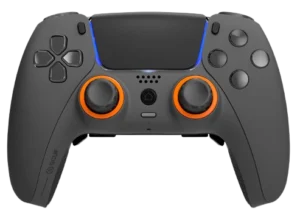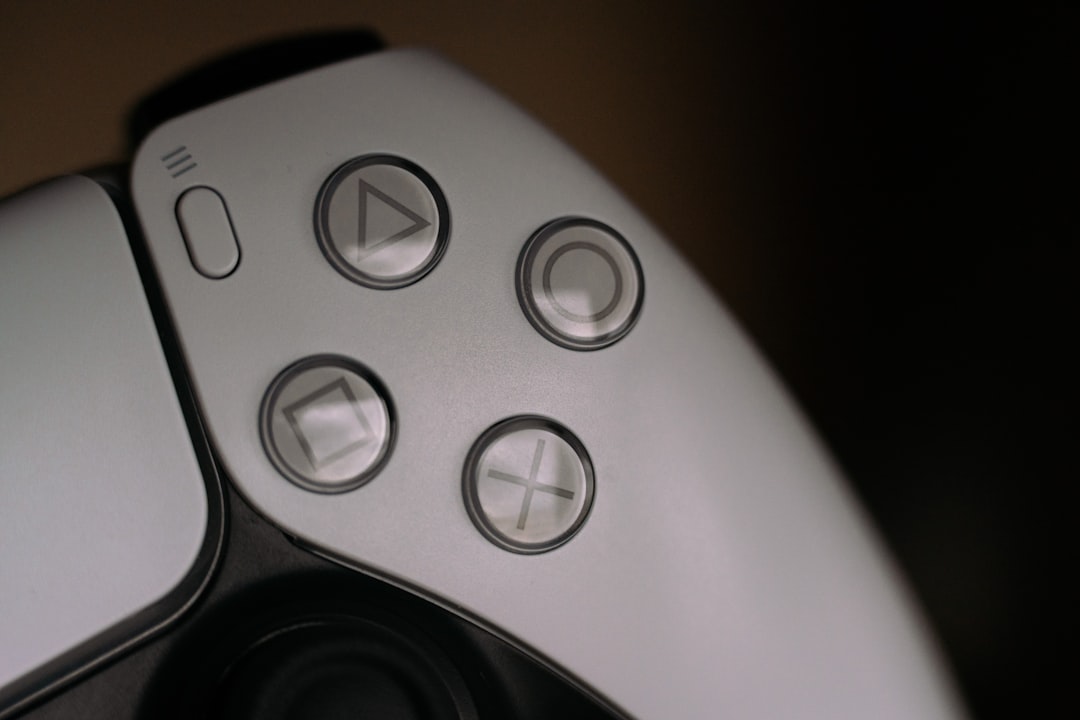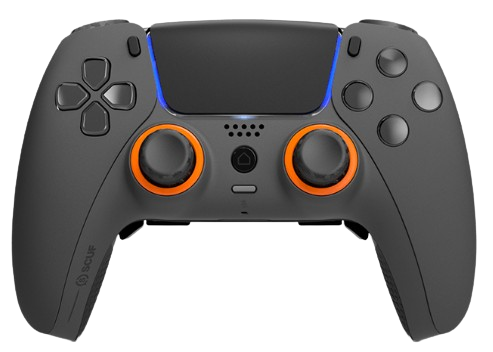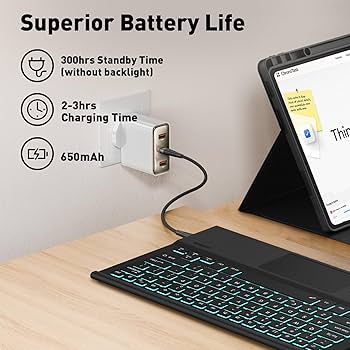The Unsung Hero of Your Setup: Why Gaming Headsets Matter More Than Ever
In the ever-evolving landscape of the Gaming Industry, we often fixate on the visual powerhouses: cutting-edge Graphics Cards rendering hyper-realistic worlds and high-refresh-rate Gaming Monitors delivering buttery-smooth motion. While these components are vital, an equally critical, yet often overlooked, piece of Gaming Hardware dictates a huge part of our experience: the gaming headset. Gone are the days when a simple pair of earbuds would suffice. Today, audio is a fundamental pillar of game design, influencing everything from immersion in sprawling AAA Games to the razor-thin margins of victory in Competitive Gaming. A high-quality gaming headset is no longer a luxury; it’s an essential tool that can unlock a new level of awareness, communication, and pure enjoyment. This guide will delve deep into the technology, features, and considerations that define modern Gaming Headsets, helping you understand what truly matters when choosing the perfect audio companion for your PC Gaming or Console Gaming adventures.
Section 1: Deconstructing the Gaming Headset: Core Anatomy and Specifications
At first glance, most gaming headsets look similar. However, beneath the plastic and padding lies a complex interplay of components that determine audio fidelity, communication clarity, and long-term comfort. Understanding these core elements is the first step toward making an informed decision.
Audio Drivers: The Heart of the Sound
The single most important component for sound quality is the driver—a small speaker inside each earcup responsible for converting electrical signals into audible sound. Several factors define a driver’s performance:
- Size: Measured in millimeters (mm), driver size typically ranges from 40mm to 50mm in gaming headsets. While a larger driver can potentially move more air and produce more powerful bass, size alone isn’t a guarantee of quality. The driver’s tuning and the acoustic design of the earcup are far more critical.
- Material: Drivers are often made from materials like neodymium magnets, which are strong and lightweight, allowing for a more responsive and detailed sound. Some high-end headsets use more exotic materials like graphene or beryllium-coated diaphragms for increased rigidity and reduced distortion.
- Frequency Response: This specification, measured in Hertz (Hz), indicates the range of sound frequencies the headset can reproduce. The standard range for human hearing is roughly 20Hz to 20,000Hz (20kHz), and most headsets cover this spectrum. A wider range (e.g., 10Hz – 40,000Hz) might be advertised, but its practical benefit for gaming is debatable. What matters more is how balanced and accurate the headset is *within* the core audible range.
The Microphone: Your Voice in the Game
In team-based games like Valorant, League of Legends, or Call of Duty, clear communication is non-negotiable. The microphone is your lifeline to your team.
- Polar Patterns: This describes the microphone’s sensitivity to sound from different directions. A cardioid (or unidirectional) pattern is the most common in Gaming Peripherals, as it primarily picks up sound from directly in front (your mouth) while rejecting noise from the sides and rear (your keyboard or background chatter).
- Noise Cancellation & Gating: Many modern headset mics use software or hardware to filter out ambient noise, ensuring your teammates hear your callouts, not your air conditioner. This technology has become a staple in the Esports News circuit, where clear comms are paramount.
- Detachable vs. Retractable: A detachable microphone offers a cleaner look when you’re playing single-player RPG Games, while a retractable or flip-to-mute mic provides convenience.
Build Quality and Comfort: The Marathon Factor
A headset can have the best sound in the world, but if it’s uncomfortable, you won’t want to wear it for the long gaming sessions required by an MMORPG or a Twitch stream. Key comfort factors include the headband material (steel vs. plastic), clamping force (how tightly it grips your head), earcup material (leatherette vs. breathable fabric), and overall weight. A well-designed headset balances a secure fit with minimal pressure, making it feel almost weightless over hours of play.
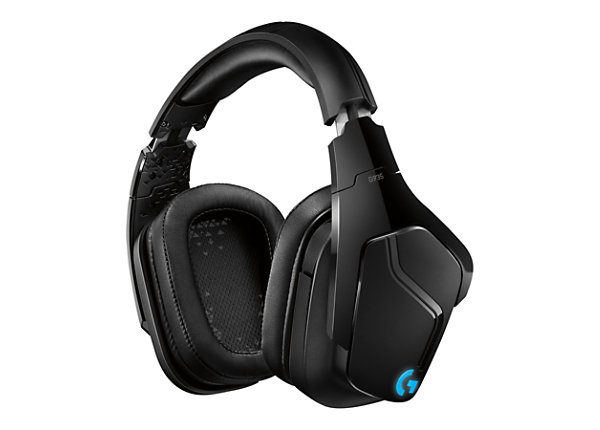
Section 2: The Science of Sound: Connectivity and Audio Processing
How a headset connects to your device and how it processes audio signals are just as important as its physical components. This is where the line between a good and a great headset is often drawn, especially in the context of different gaming platforms and genres.
Wired vs. Wireless: The Great Latency Debate
The choice between a wired and wireless headset is a major decision point. Each has distinct advantages and is suited for different types of gamers.
- Wired (3.5mm and USB): A 3.5mm analog connection offers universal compatibility across nearly all devices, from Gaming Laptops to a Nintendo Switch or a Game Controller. A USB connection is digital, often enabling features like onboard sound processing, software control, and RGB lighting. Both wired options offer zero-latency audio, which is the gold standard for Competitive Gaming where every millisecond counts.
- Wireless (2.4GHz RF and Bluetooth): The primary wireless technology for gaming is a 2.4GHz connection via a USB dongle. This provides a low-latency audio stream that is nearly indistinguishable from a wired connection, offering freedom of movement without a performance penalty. Bluetooth, while convenient for Mobile Gaming or listening to music, generally has higher latency, making it less ideal for fast-paced FPS Games unless it uses a specific low-latency codec. Many premium headsets now offer dual connectivity, allowing you to connect to your console via 2.4GHz while simultaneously pairing to your phone via Bluetooth to take calls or listen to a podcast.
Stereo vs. Surround Sound: Decoding the Soundscape
Positional audio—knowing exactly where an enemy is based on sound cues—is a game-changer. This is achieved through sophisticated audio processing that simulates a multi-speaker surround sound setup inside your headphones.
- Stereo: This is the fundamental two-channel (left and right) audio. A well-designed stereo headset can still provide excellent positional awareness, often referred to as a wide “soundstage.”
- Virtual 7.1 Surround Sound: This is a common marketing term where software processes a stereo signal to simulate seven speakers and a subwoofer. The quality of this effect varies wildly between brands and can sometimes sound artificial or muddy the audio.
- Spatial Audio (3D Audio): This is the next evolution. Technologies like Dolby Atmos for Headphones, DTS Headphone:X, and Sony’s Tempest 3D AudioTech for the PlayStation 5 go beyond simple channels. They treat sounds as objects in a 3D space, allowing for incredibly precise vertical and horizontal positioning. Hearing an opponent reloading on the floor above you in Apex Legends or a dragon roaring overhead in an RPG is a direct result of this advanced Gaming Tech. This is a key feature highlighted in both PlayStation News and Xbox News as a next-gen advantage.
Section 3: Advanced Features and the Software Ecosystem
Premium gaming headsets differentiate themselves with a suite of advanced features and robust software that allow for deep customization. These elements transform a simple audio device into a highly personalized piece of your gaming arsenal.
Active Noise Cancellation (ANC) and Sidetone (Mic Monitoring)
These two features focus on managing the audio you *do* and *don’t* want to hear.
Active Noise Cancellation (ANC) uses microphones on the outside of the earcups to detect ambient noise and then generates an inverse sound wave to cancel it out. This is perfect for gamers in noisy environments or those who travel to LAN tournaments, allowing for complete immersion without distractions.
Sidetone, or mic monitoring, is the opposite. It feeds a small amount of your own voice from the microphone back into your earcups. This prevents you from shouting because you can’t hear yourself speak, a common issue with over-ear, noise-isolating headsets. It’s a crucial quality-of-life feature for anyone who spends a lot of time in voice chat.
Software Suites: The Command Center
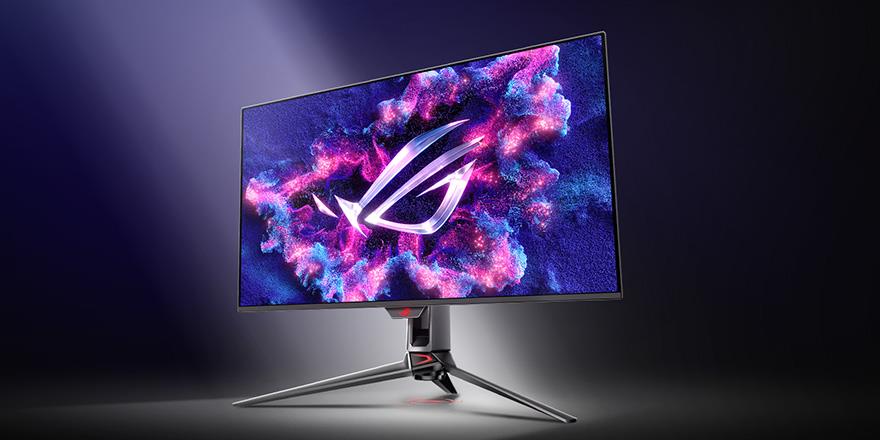
Most major gaming peripheral brands (like Razer, Logitech, Corsair, and SteelSeries) offer powerful software that unlocks a headset’s full potential on Gaming PCs. This software acts as a central hub for:
- Equalizer (EQ) Customization: This allows you to fine-tune the audio profile. You can boost bass for more cinematic explosions in Battle Royale games, or you can increase the high-mid frequencies to make enemy footsteps in Counter-Strike News more pronounced. Many suites come with pre-tuned profiles for specific Game Releases or genres.
- Microphone Settings: Adjust mic volume, noise gating thresholds, and even apply vocal effects. This level of control is essential for streamers and content creators featured in Twitch News.
- Profile Management: Create and save different profiles for various activities. You can have one profile for Strategy Games, another for listening to music, and a third optimized for your favorite MOBA, and switch between them with a single click.
Multi-Platform and Multi-Source Connectivity
The modern gamer often plays across multiple platforms. A top-tier headset acknowledges this by offering versatile connectivity. The gold standard is now simultaneous multi-source audio. For example, a headset can be connected to a PlayStation 5 for game audio via its 2.4GHz dongle while also being connected to a phone or PC via Bluetooth for Discord chat. This seamless integration reflects the diverse and connected nature of the modern Gaming Community and is a huge convenience factor.
Section 4: Choosing Your Weapon: A Practical Buyer’s Guide
With a firm grasp of the technology, the final step is to apply it to your specific needs. The “best” headset is subjective and depends heavily on your primary games, platform, and budget.
For the Competitive Edge (FPS, Battle Royale, MOBA)
In games like Fortnite, Valorant, and Dota 2, audio clarity and positional accuracy are paramount.
- Prioritize: Excellent spatial audio (Dolby Atmos/DTS:X), a clear cardioid microphone with noise cancellation, and a low-latency connection (wired or 2.4GHz wireless).
- Consider: A headset with a “flat” or “neutral” EQ profile out of the box, which you can then tune specifically to amplify critical sound cues like footsteps or ability activations. Comfort is also key for long practice sessions and ranked climbs.
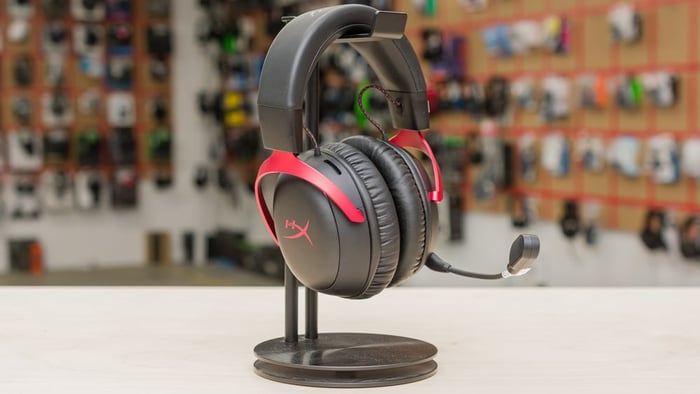
For Unparalleled Immersion (AAA Games, RPGs, Strategy Games)
For story-driven single-player titles or vast open-world games, the goal is to be transported into the game world.
- Prioritize: A wide soundstage, rich bass response for cinematic moments, and overall audio fidelity. Build quality and comfort for long sessions are also critical.
- Consider: Features like ANC can enhance immersion by blocking out the real world. A great microphone is less critical here, so a model with a detachable mic might be a good choice.
Common Pitfalls to Avoid
Navigating the market can be tricky. Be wary of marketing gimmicks like “bass boost” features that just muddy the entire sound profile or “Virtual 7.1” on cheap headsets that often performs worse than a good stereo implementation. Always prioritize reviews that focus on real-world performance in games, not just technical specifications on a box. Remember that a headset from an established audio company can sometimes outperform a “gaming” branded one in the same price bracket, though you might sacrifice features like a built-in mic or software integration.
Conclusion: Your Gateway to a Richer Gaming World
The modern gaming headset is a sophisticated piece of Gaming Tech that stands shoulder-to-shoulder with Gaming Keyboards, Gaming Mice, and high-end displays. It is the crucial link that translates the meticulous work of sound designers in Game Development into tangible, game-winning information and breathtaking immersion. By understanding the core components—from the drivers that produce the sound to the software that shapes it—you can cut through the marketing noise and find the perfect audio solution for your setup. Whether you’re tracking footsteps in a tense FPS match, coordinating with your team in a chaotic MOBA, or losing yourself in the sweeping soundtrack of an epic RPG, the right gaming headset doesn’t just let you play the game; it lets you hear it in a whole new way.

